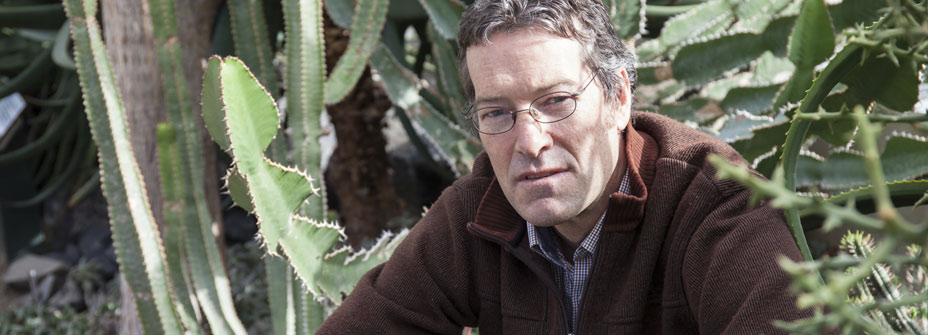
Vive la différence
Open grassland with a scattering of trees is called savanna, a classification that makes sense of similar biogeographical areas, but recent research shows that focusing on these similarities won't produce useful models for predicting the impacts of climate change.
Professor Steven Higgins (Botany) and colleagues have analysed data from more than 2,000 sites in savannas in South America, Australia and Africa. In a paper published in Science, they show that although four main impact factors – moisture availability, fire, soil type and temperature – shape all savannas, the impact of these factors is not uniform across all, and that these savannas all behave in their own distinctive ways.
“This shows we can no longer assume that similar looking vegetation will respond in the same way to climate change,“ Higgins says. “This, in turn, means we have to rethink how we represent the world's vegetation in models used to predict climate change impacts.”
Currently scientists use structurally similar vegetation units, called biomes, to model potential climate change impacts.
“We are now in the process of developing new models that reflect the role of evolutionary history in shaping why, for example, Australian and African savannas behave so differently despite some apparent similarities.
“An analogy can be made with weather predictions,” he says. “The better a climate model can describe the current conditions the further into the future it can forecast. We believe that the better we can describe how evolutionary history got us to our current situation, the better we will be able to forecast future vegetation.”